Category :Data Analytics
Date :10 Dec, 2024
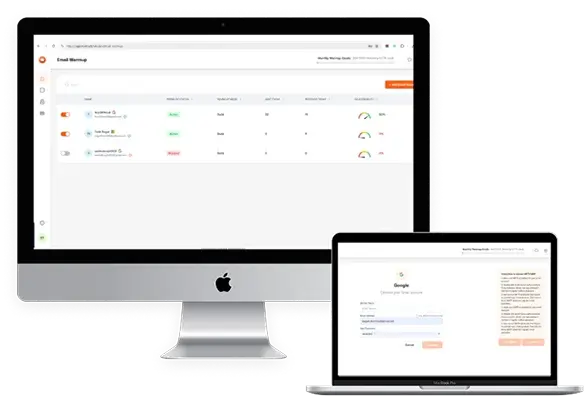
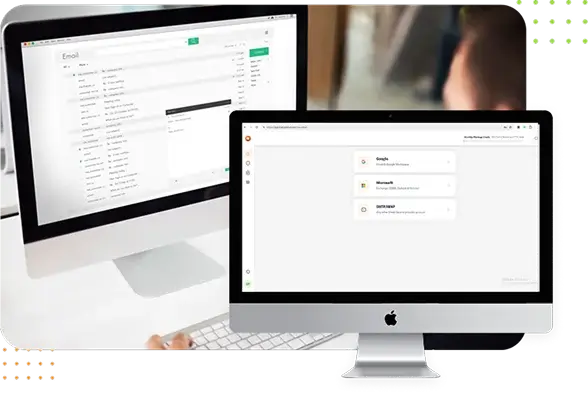
The logistics and transportation industry is rapidly changing as rail freight companies implement innovative, data-driven solutions that increase operational efficiency. A case study on the building of a robust Goods Train Dashboard helps us understand how to improve goods train operations in spite of its unique challenges. This solution will leverage advanced technologies like AWS Glue, Snowflake, Power BI, and Amazon Redshift to seamlessly integrate, process, and visualize real-time data to enable smarter and faster decision-making and redefine operational excellence in rail logistics.
The client required a centralized dashboard to integrate real-time data to deliver actionable insights and enable predictive analytics for optimizing train operations, reducing downtime, and improving efficiency.
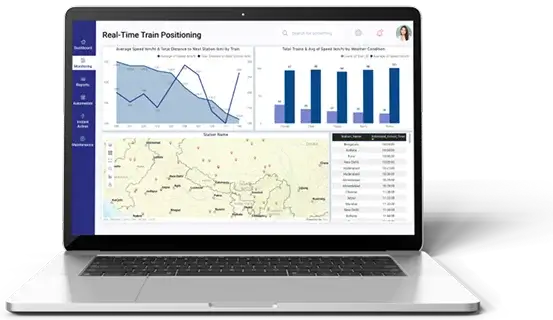
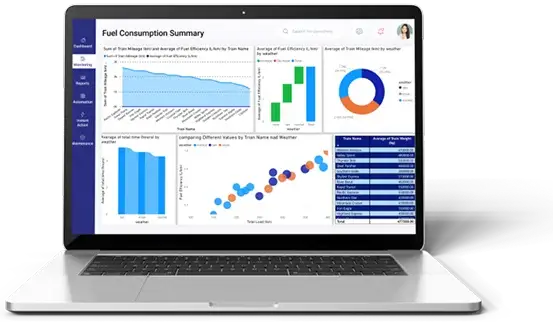
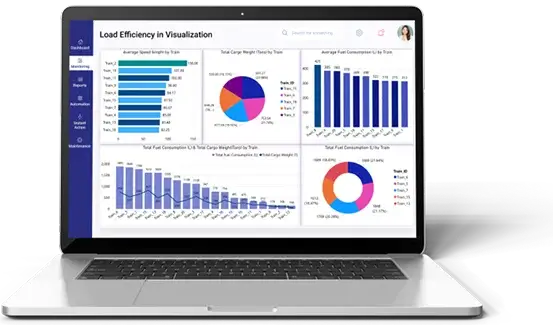
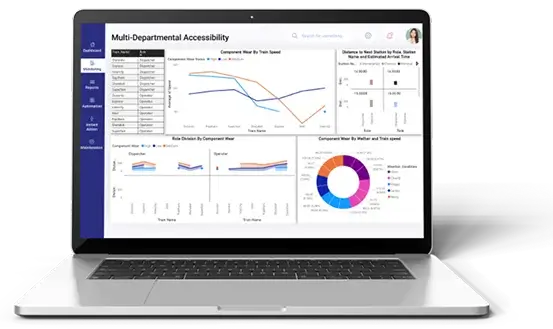
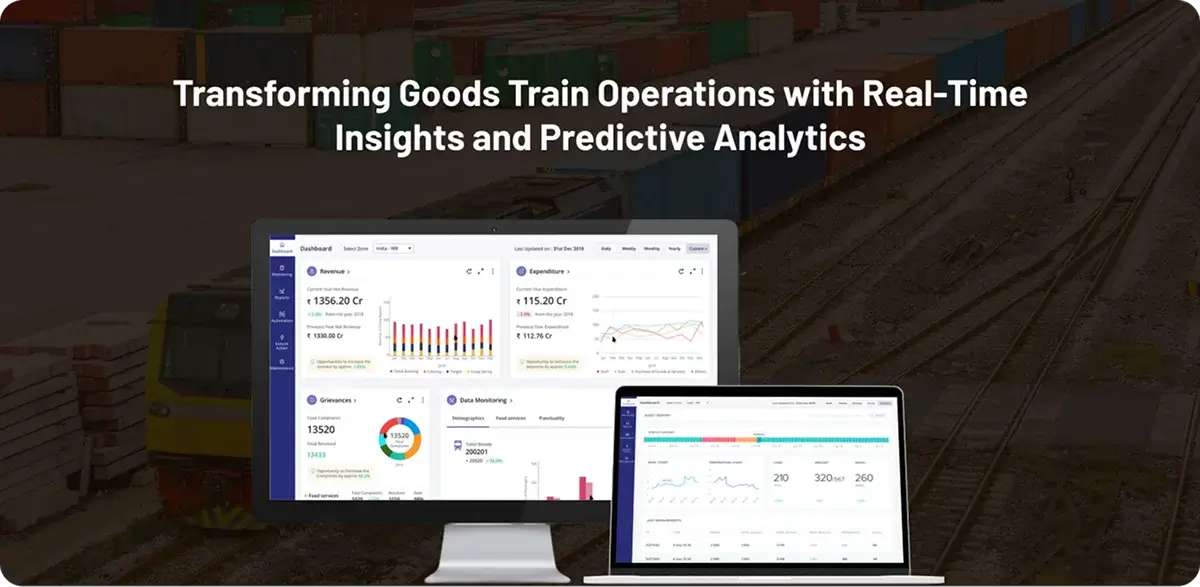
Technologies we used
Data Integration AWS Glue
Data Warehousing Snowflake
Data Visualization Power BI
Analytics & Processing Amazon Redshift
The Goods Train Analytics Dashboard redefined freight operations by centralizing critical data, from real-time train tracking to fuel usage and load efficiency, into a single, intuitive platform. This empowered operators, dispatchers, and maintenance teams to make faster, smarter decisions, resulting in reduced downtime, optimized resource allocation, and improved operational efficiency. Its scalable architecture not only supports current logistics needs but also lays the groundwork for predictive analytics, automation, and AI-driven railway management. As rail networks evolve, this solution positions freight operations for a smarter, more connected future.